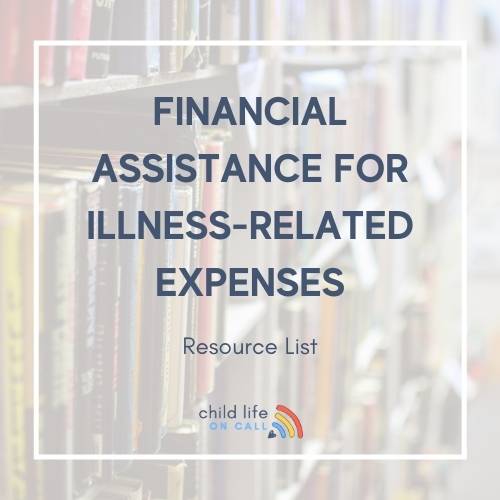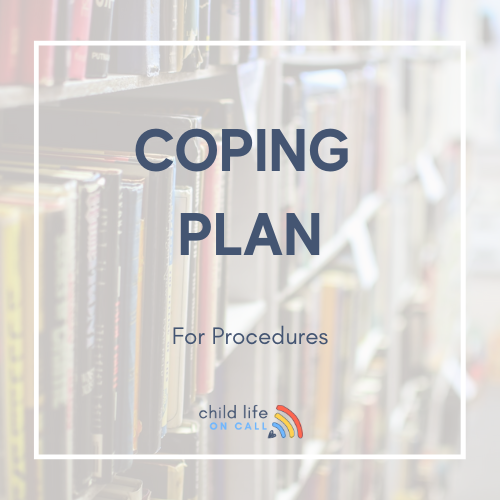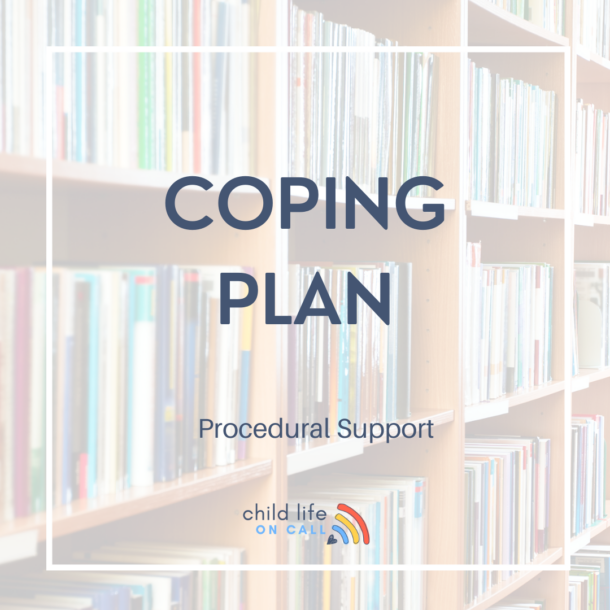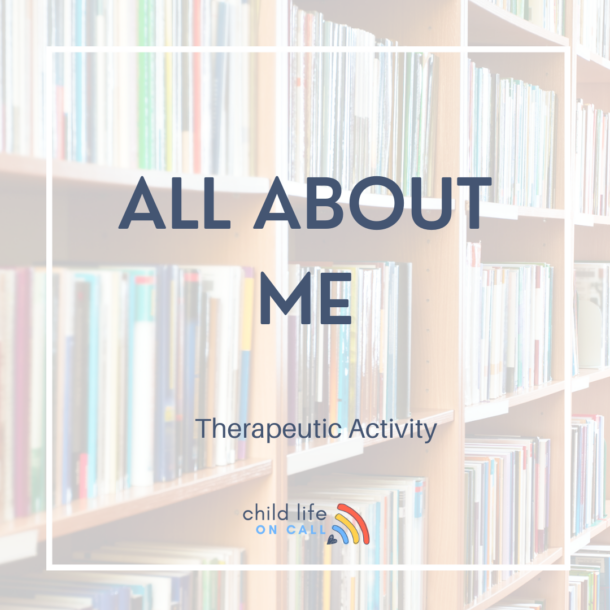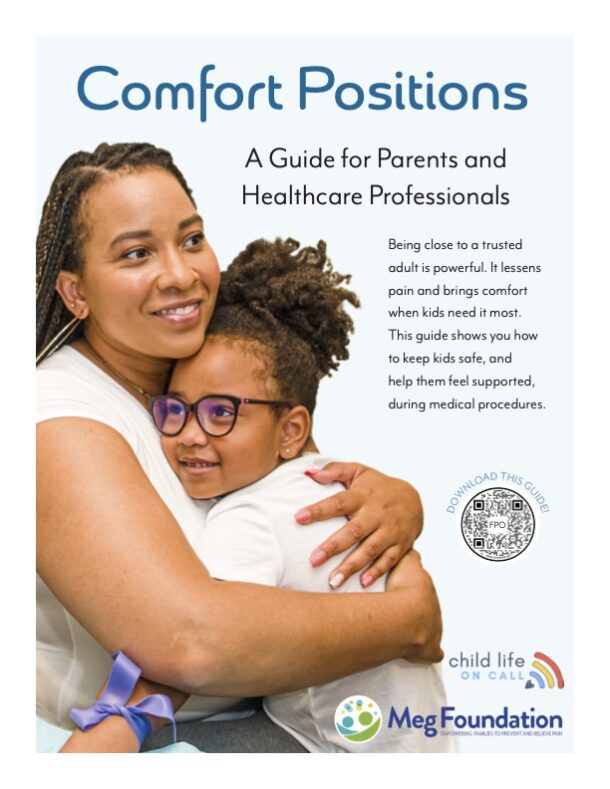Creating a Comfortable and Child-Friendly Environment in Medical Facilities
Creating a comfortable and child-friendly environment in medical facilities is crucial to promoting the well-being and recovery of young patients. Child life specialists play a key role in crafting such spaces, ensuring that every child and family facing medical experiences feels supported and empowered. In this blog post, we will provide actionable tips and strategies to help healthcare providers, child life specialists, and parents collaborate effectively in achieving this goal.
Understanding the Needs of Children in Medical Facilities
It’s essential to recognize the common fears and concerns of children in medical settings, such as fear of pain, separation from loved ones, and unfamiliar environments. By addressing these concerns, healthcare professionals, child life specialists, and parents can create a child-friendly environment, positively impacting children’s well-being and recovery.
Child-friendly environments foster a sense of safety and security, helping children cope better with medical experiences. Research has shown that children in such settings experience less anxiety, decreased pain perception, and shorter hospital stays, contributing to improved overall outcomes.
Parents and caregivers play a vital role in providing comfort and support during medical experiences. Their presence, reassurance, and assistance can significantly influence a child’s emotional state, enhancing their ability to cope with stress and navigate the healthcare environment. By working together with healthcare professionals and child life specialists, parents and caregivers can contribute to creating a holistic and nurturing environment for their children.
Creating a Comfortable Environment: Tips and Strategies
There are several aspects to consider when designing a comfortable and child-friendly environment in medical facilities. These include the physical space, atmosphere, and available resources and activities for children.
Start by focusing on the physical space, creating colorful and inviting spaces that appeal to children. Incorporate age-appropriate furniture and seating to ensure comfort and accessibility. Designate separate play and relaxation areas, allowing children to engage in various activities depending on their needs and interests.
Next, consider the atmosphere within the facility. Play calming and soothing music to help alleviate anxiety and create a positive environment. Implement sensory-friendly lighting to accommodate children with different sensitivities and preferences. Encourage positive and supportive staff interactions to create a sense of trust and connection between children and healthcare professionals.
Lastly, provide a variety of resources and activities for children. Offer age-appropriate toys, books, and games to keep children engaged and entertained during their medical experiences. Ensure access to technology and child-friendly content, such as educational and entertaining videos. Facilitate opportunities for socialization and group activities, helping children build connections with their peers and promoting a sense of community within the medical facility.
Involving Child Life Specialists in the Process
Child life specialists possess unique expertise in creating child-friendly environments, making them invaluable assets in the process of designing comfortable medical facilities for children. Their knowledge of child development and coping mechanisms helps address the unique needs of young patients more effectively.
Collaboration between child life specialists and medical staff is crucial for the successful implementation of child-centered care. By working together, they can identify children’s needs, develop appropriate interventions, and create a seamless, supportive experience for patients and their families.
In addition to their work with medical professionals, child life specialists also provide essential support and education to parents and caregivers. By offering guidance, resources, and emotional support, they empower parents to be active participants in their child’s care, ensuring that the entire family feels understood and supported throughout the medical journey.
Empowering Parents and Caregivers
Parents and caregivers play a crucial role in supporting their children during medical experiences. By actively involving them in the process and providing them with the necessary tools and resources, healthcare professionals and child life specialists can foster a sense of empowerment and partnership.
Encourage parents to take an active role in their child’s care, participating in decision-making and advocating for their child’s needs. Provide them with resources and information to help them better understand their child’s condition, treatment options, and coping strategies. This knowledge will enable them to offer more effective support and guidance to their child during medical encounters.
Offering emotional support and understanding to parents and caregivers is equally important. Acknowledge the challenges they face and provide a safe space for them to express their emotions and concerns. By doing so, healthcare professionals and child life specialists can help families navigate the complexities of medical experiences with greater resilience and confidence.
The Importance of Continual Evaluation and Improvement
Creating a comfortable and child-friendly environment in medical facilities is an ongoing process that requires regular assessment and refinement. Continual evaluation ensures that the environment remains effective in addressing the needs of children and families, leading to improved experiences and outcomes.
Regularly assess the effectiveness of child-friendly environments by monitoring key performance indicators, such as patient satisfaction, anxiety levels, and recovery outcomes. Seek feedback from children, parents, caregivers, and staff to gain valuable insights into the strengths and areas for improvement in the current environment.
Adapting and evolving to meet the changing needs of children and families is crucial. Stay informed about advancements in child-centered care, emerging technologies, and best practices, incorporating these insights into the ongoing development and enhancement of the medical facility. By doing so, healthcare providers, child life specialists, and parents can work together to create nurturing and supportive environments that empower children and their families throughout their medical journeys.
Conclusion
In summary, creating a comfortable and child-friendly environment in medical facilities is essential for the well-being and recovery of young patients. By understanding their unique needs, implementing effective strategies, and involving child life specialists and parents in the process, healthcare providers can create spaces that empower and support children and families during medical experiences.
Medical facilities, child life specialists, and parents must work together to achieve this goal. Through collaboration and commitment, they can transform medical facilities into nurturing spaces that enhance the quality of care for children and their families.
We invite our readers to share their experiences and suggestions for creating child-friendly environments in medical facilities. Your insights can contribute to the ongoing improvement and evolution of these spaces, ensuring that every child and family facing medical challenges receives the support they need. Let’s work together to empower children and families through compassionate, informed, and child-centered care.




